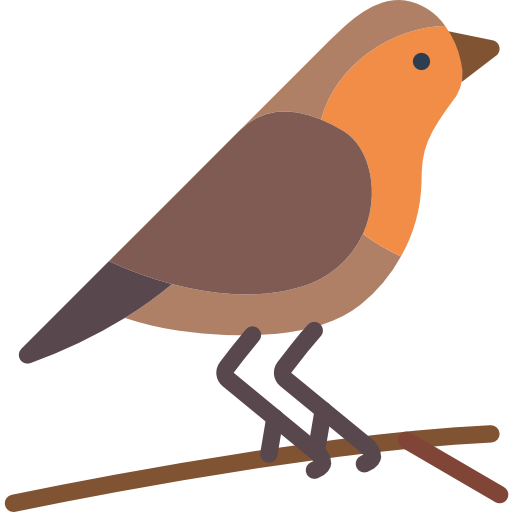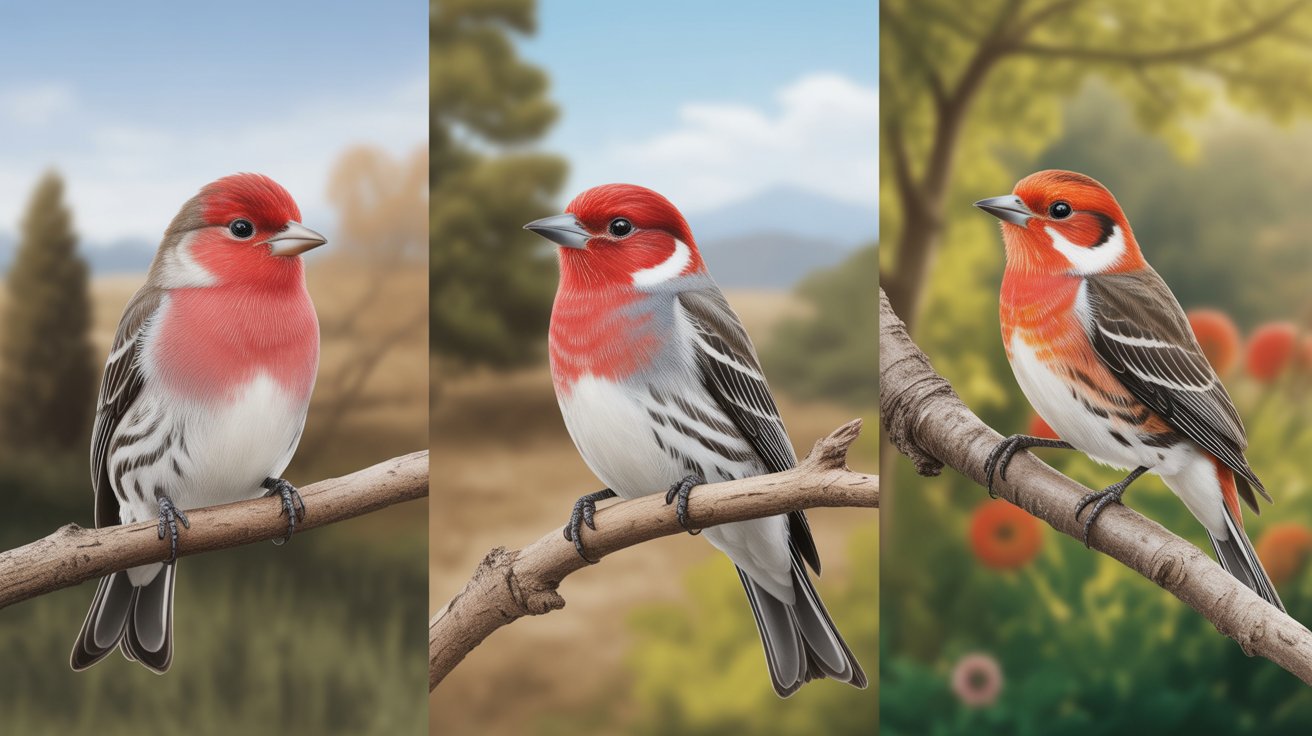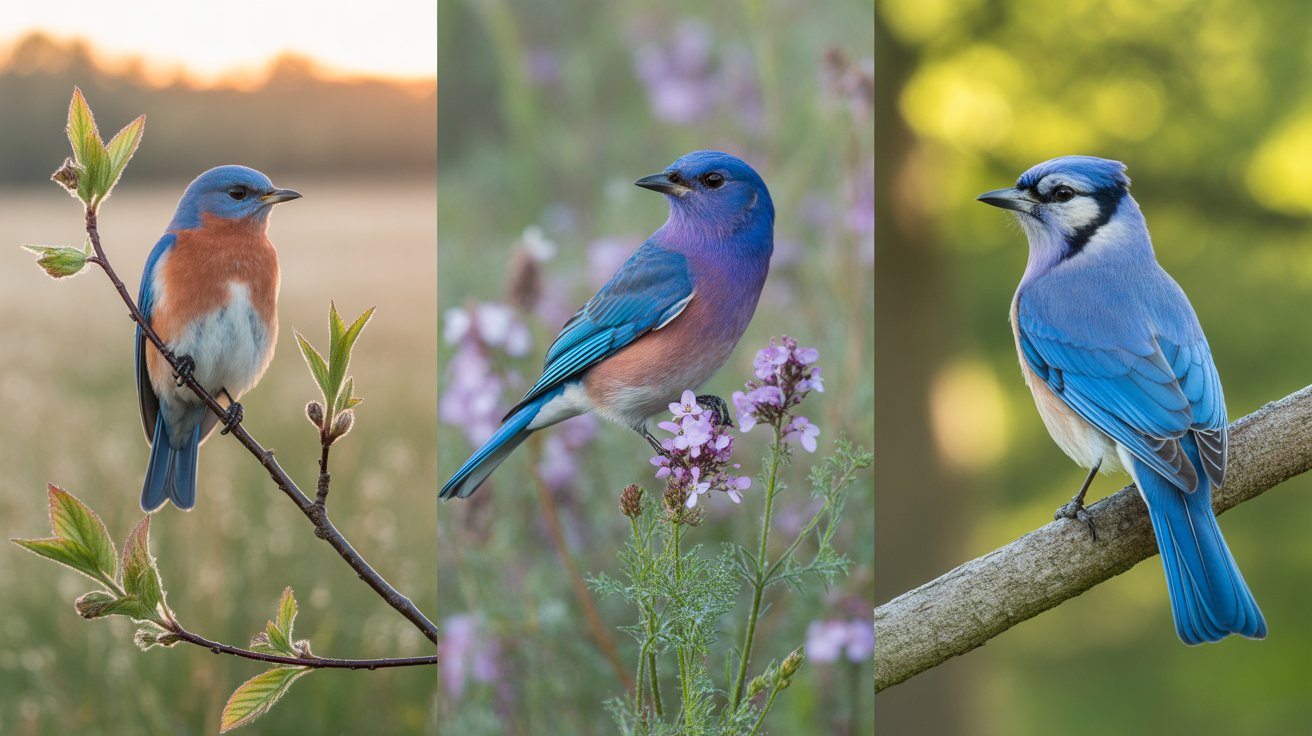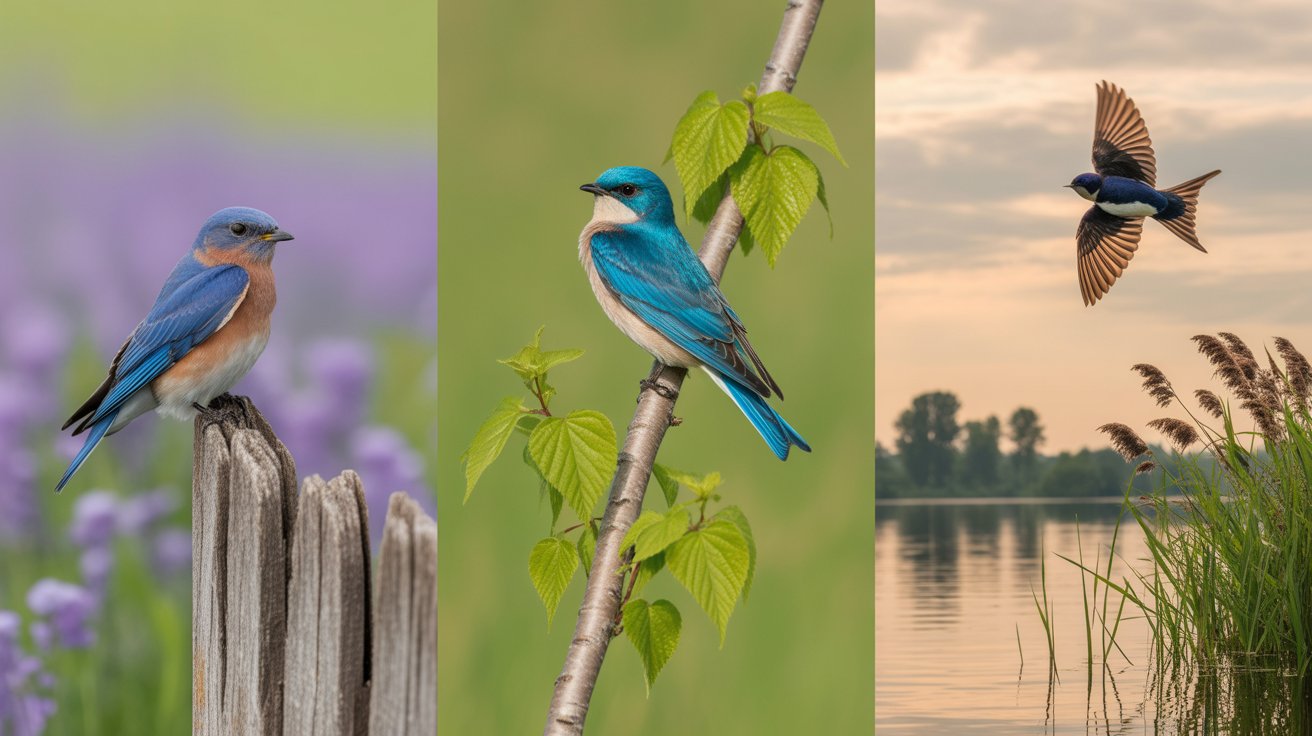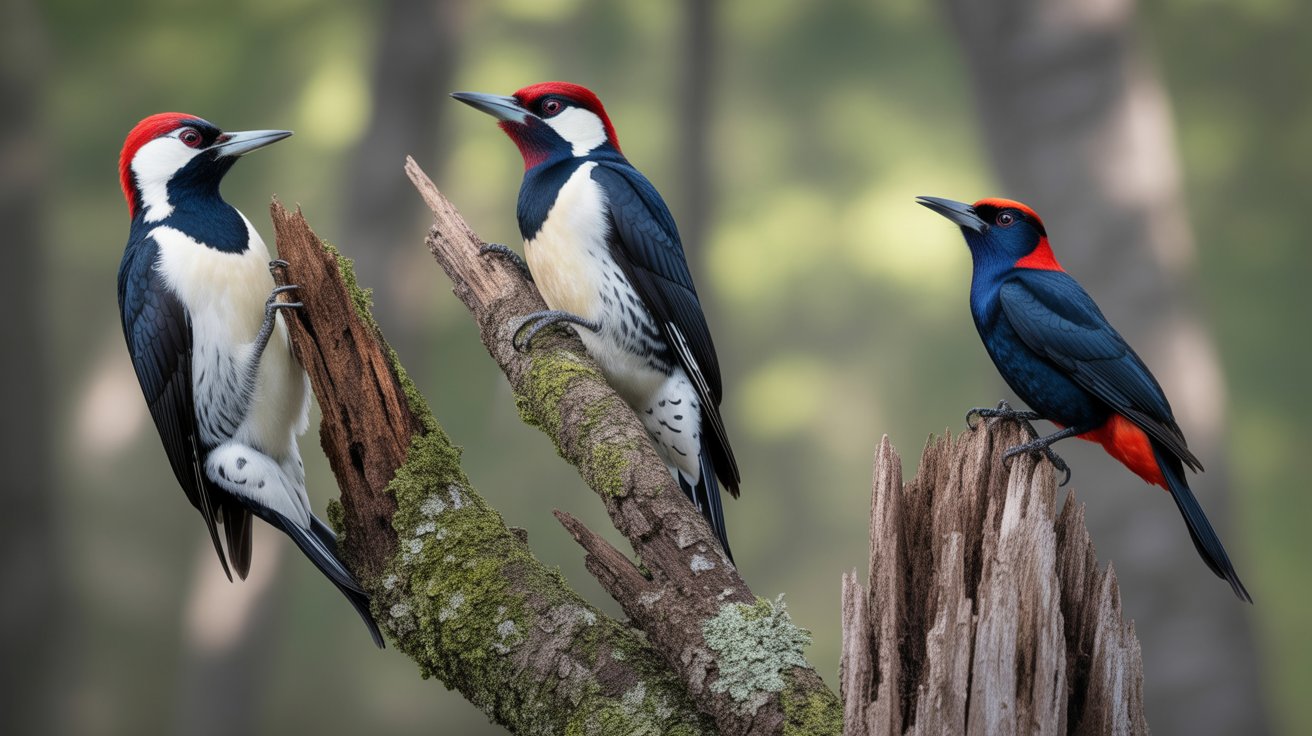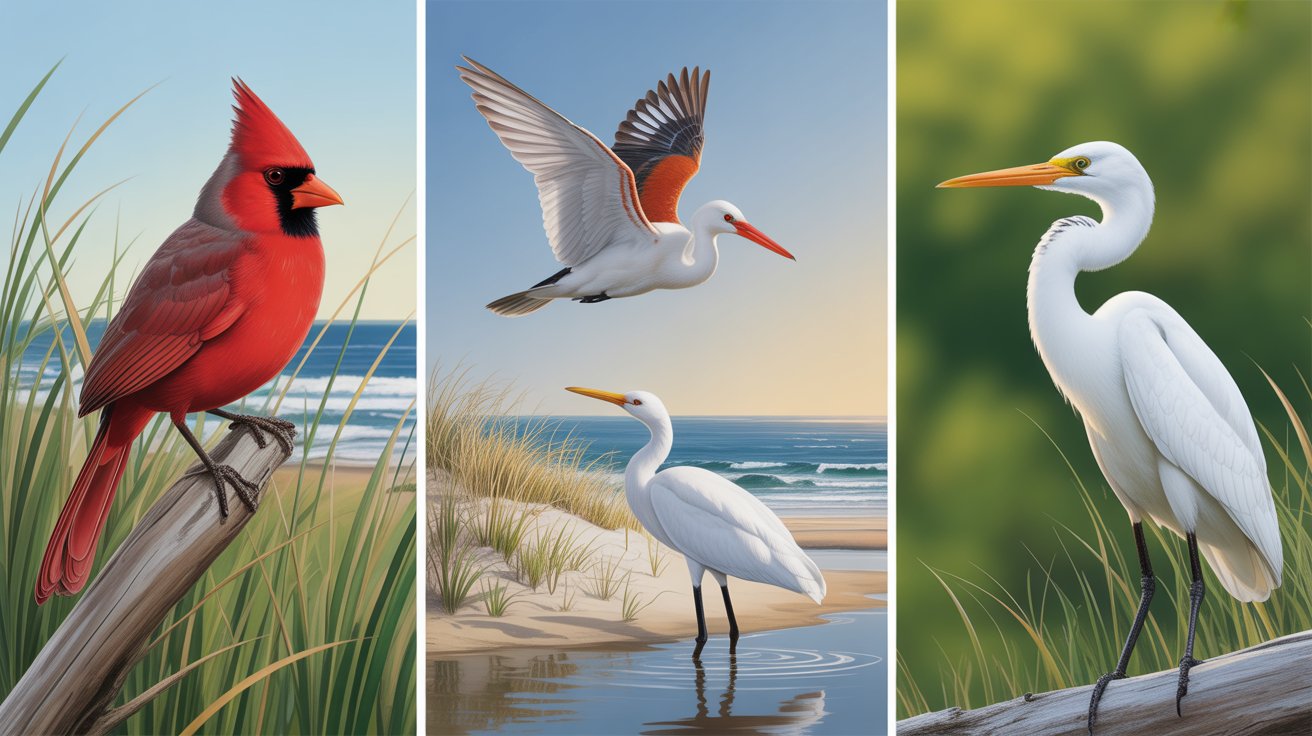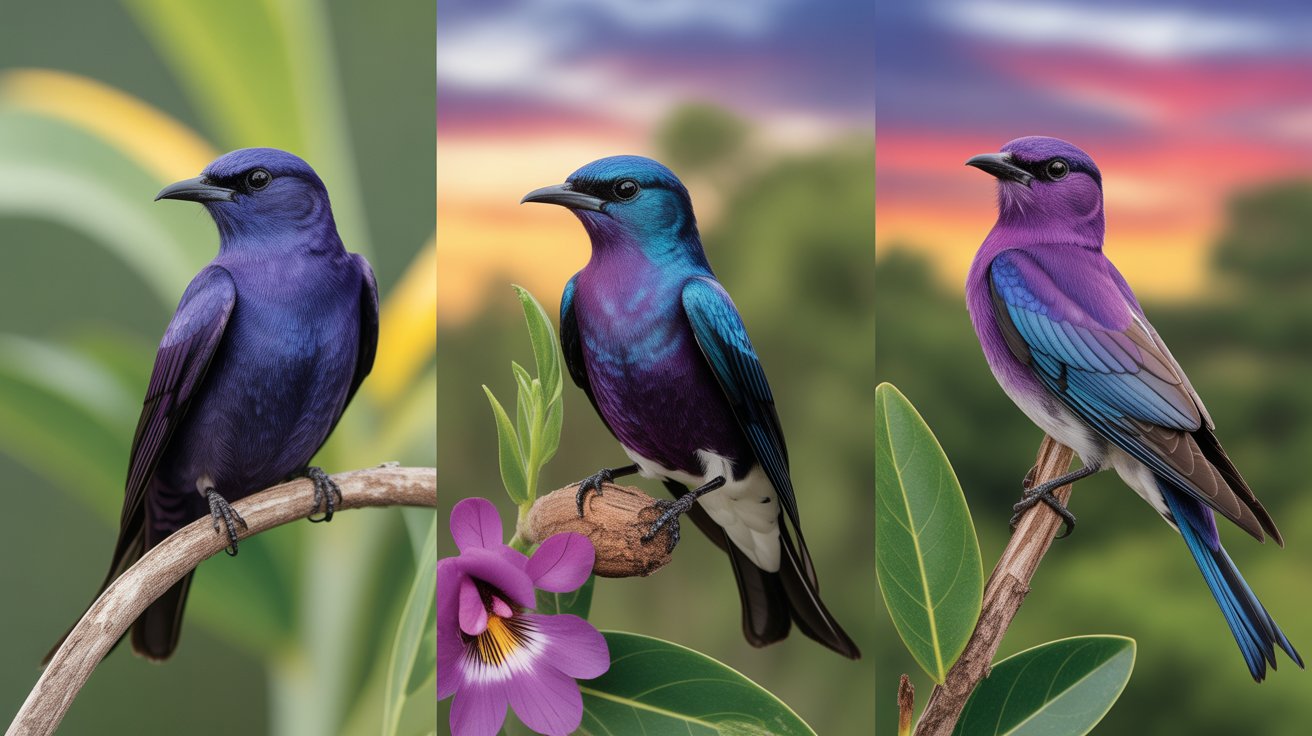When you think of Alaska, towering glaciers, rugged mountains, and endless wilderness might come to mind. But beyond the breathtaking scenery, there’s another reason bird lovers flock here—Alaska is one of the best birdwatching destinations in North America. With its diverse ecosystems, ranging from dense boreal forests to arctic tundra and rocky coastlines, Alaska is home to an incredible variety of bird species.
If you’re planning a trip or even just curious about what feathered friends call Alaska home, you’ll be delighted to know that you don’t have to trek deep into the wilderness to see them. Many common birds thrive right in backyards, city parks, and along coastal areas. From the striking Bald Eagle soaring overhead to tiny chickadees flitting around feeders, there’s always something to catch your eye.
In this article, you’ll discover 15+ common birds in Alaska that you can easily recognize. For each bird, you’ll get useful identification tips, fun facts, and key details like their scientific name, size, wingspan, and habitat preferences. Whether you’re a beginner birdwatcher or a seasoned birder, this guide will help you spot and appreciate the fascinating avian life of Alaska.
So grab your binoculars, step outside, and let’s explore the feathered wonders of the Last Frontier together.
15+ Common Birds in Alaska
1. Bald Eagle
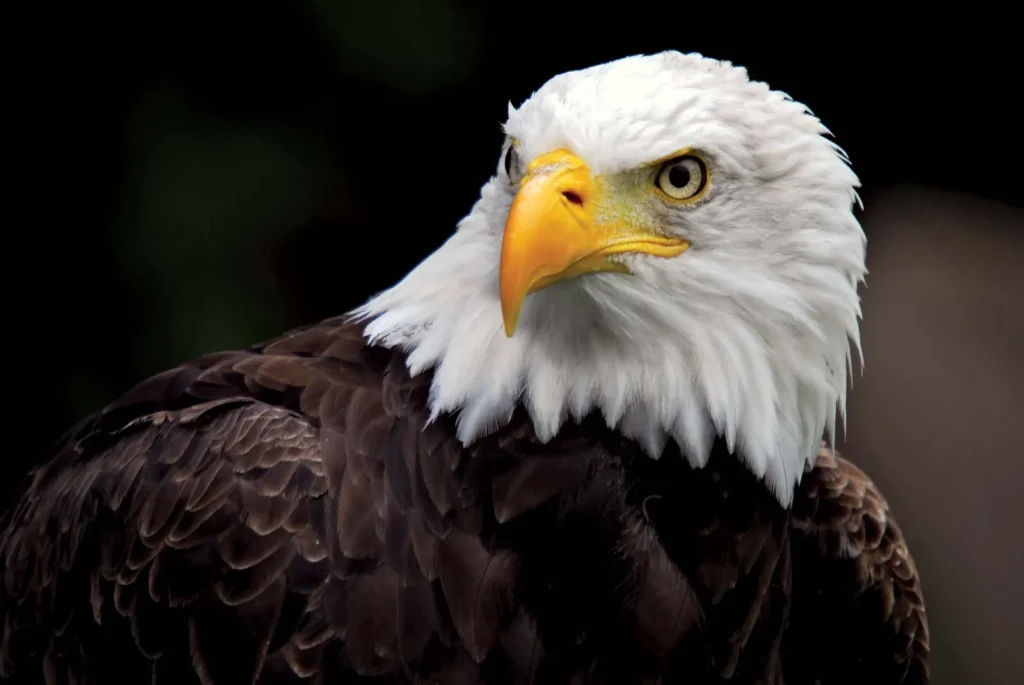
The Bald Eagle is perhaps the most iconic bird in Alaska, often associated with strength and freedom. With their striking white head and tail contrasting against dark brown plumage, they’re almost impossible to mistake. You’ll often see them perched on tall trees near water, scanning for fish, or soaring gracefully above rivers and coastlines.
These birds are common throughout Alaska, with particularly large populations along the coastlines and in areas rich with salmon. They build massive nests—sometimes up to 13 feet deep—often reusing them year after year.
Key details:
- Scientific name: Haliaeetus leucocephalus
- Length: 28–40 inches
- Wingspan: 6–7.5 feet
- Weight: 6.5–14 pounds
- Habitat: Coastal areas, rivers, lakes
Bald Eagles primarily feed on fish but won’t hesitate to scavenge or steal food from other birds. If you’re near waterways in Alaska, especially during salmon runs, your chances of spotting one skyrocket.
2. Black-capped Chickadee
The cheerful Black-capped Chickadee is a small bird with a big personality. Known for its distinctive “chick-a-dee-dee” call, this bird is a year-round resident in Alaska and is often found in backyards, woodlands, and even city parks.
With a black cap and bib, white cheeks, and fluffy body, they’re easy to recognize. Despite their tiny size, they’re hardy little birds that can withstand the harsh Alaskan winters. They even have the remarkable ability to lower their body temperature at night to conserve energy.
Key details:
- Scientific name: Poecile atricapillus
- Length: 4.7–5.9 inches
- Wingspan: 6–8 inches
- Weight: 0.3–0.5 ounces
- Habitat: Forests, suburbs, backyards
Black-capped Chickadees are frequent feeder visitors, especially in winter when food sources are scarce. Offer sunflower seeds or suet, and you’ll likely have these little acrobats hopping around in no time.
3. Common Raven
The Common Raven is one of Alaska’s most intelligent and adaptable birds. Larger than crows, ravens boast thick bills, wedge-shaped tails, and a glossy black plumage with a purple sheen in sunlight. Their deep croaking call is instantly recognizable.
Ravens are found across nearly all of Alaska, from coastal cliffs to the tundra. They are opportunistic feeders, eating everything from small animals to carrion and even human scraps.
Key details:
- Scientific name: Corvus corax
- Length: 22–27 inches
- Wingspan: 45–51 inches
- Weight: 2.5–4.5 pounds
- Habitat: Forests, tundra, urban areas
Known for their problem-solving skills, ravens can even mimic human voices and sounds. They often follow hunters, fishermen, or even sled dogs, waiting for scraps. If you hear a raspy “kraa” echoing through the forest, you’re likely in the company of a raven.
4. American Robin
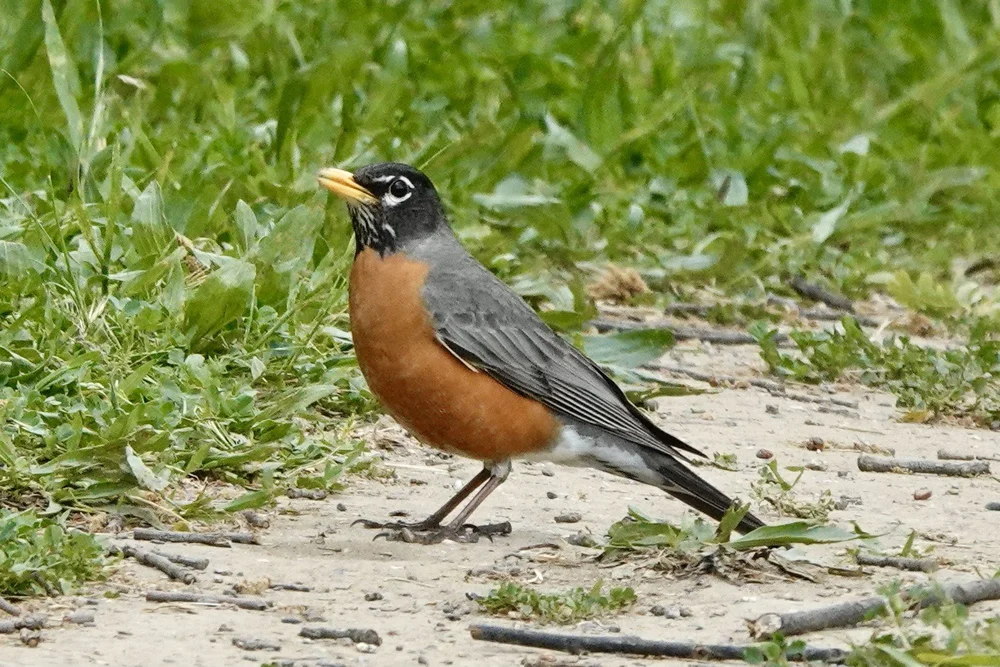
The American Robin is a familiar sight in spring and summer, signaling warmer weather with its cheerful song. With a reddish-orange breast, gray back, and bright yellow bill, robins are easy to spot hopping across lawns and meadows.
These birds are highly adaptable and can be seen in both wild landscapes and urban neighborhoods. They’re early risers too—you’ll often hear them singing at dawn.
Key details:
- Scientific name: Turdus migratorius
- Length: 9–11 inches
- Wingspan: 12–16 inches
- Weight: 2.7–3 ounces
- Habitat: Forest edges, gardens, parks, fields
Robins primarily feed on insects, earthworms, and berries. In Alaska, they migrate south for the winter but return in large numbers in spring, making them one of the first signs of the changing season.
5. Boreal Owl
The Boreal Owl is a secretive nocturnal bird that lives in Alaska’s dense coniferous forests. Small but fierce, this owl has a rounded head, yellow eyes, and a white-spotted brown body.
Because they hunt mostly at night, spotting a Boreal Owl requires patience. They mainly feed on small mammals like voles but will also take small birds when available.
Key details:
- Scientific name: Aegolius funereus
- Length: 8–11 inches
- Wingspan: 20–24 inches
- Weight: 3–7 ounces
- Habitat: Boreal forests
Despite their small size, Boreal Owls are skilled hunters. Their haunting hoots echo through the forest at night, making them easier to hear than see. If you’re camping in Alaska’s northern woods, keep your ears open for their calls.
6. Northern Flicker
The Northern Flicker is a type of woodpecker that’s quite different from its relatives. Instead of pecking at tree bark for insects, flickers are often found on the ground searching for ants, which make up a large part of their diet.
They’re strikingly patterned with brown plumage, black spots, and a white rump patch visible in flight. In Alaska, you’ll often spot the yellow-shafted variety, which shows flashes of yellow under its wings.
Key details:
- Scientific name: Colaptes auratus
- Length: 11–14 inches
- Wingspan: 17–21 inches
- Weight: 3–5.6 ounces
- Habitat: Forest edges, open woods, yards
Northern Flickers drum on metal poles and trees not just to feed but also to mark territory. Their loud, rolling calls are one of the most common woodpecker sounds you’ll hear across Alaska.
7. Red-breasted Nuthatch
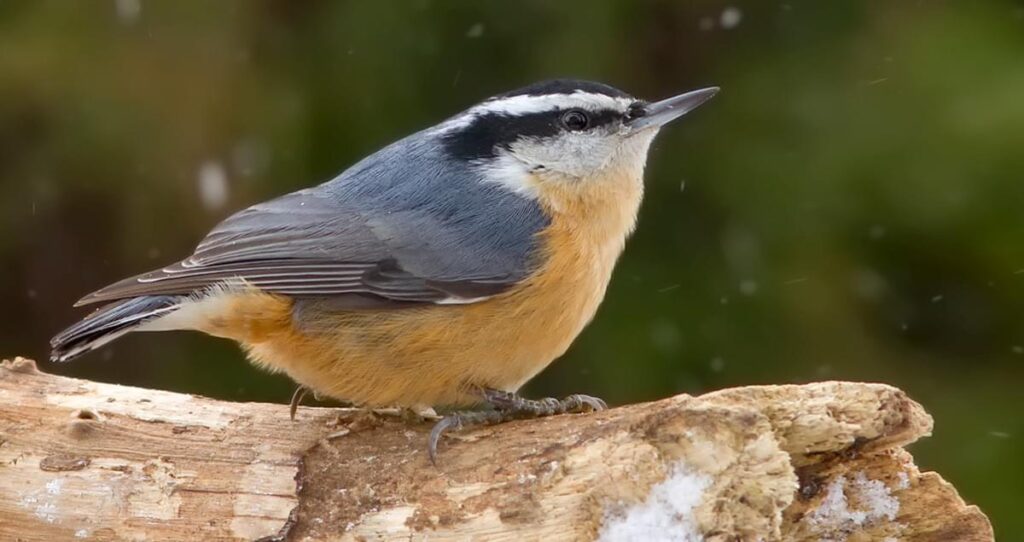
The Red-breasted Nuthatch is a small, energetic bird with a striking look. With its blue-gray back, rusty-red underparts, and bold black-and-white striped face, it’s unmistakable once you know it.
These birds often move headfirst down tree trunks, a behavior that sets them apart from many other species. Their nasal “yank-yank” call is another giveaway.
Key details:
- Scientific name: Sitta canadensis
- Length: 4.3 inches
- Wingspan: 7–8 inches
- Weight: 0.3–0.5 ounces
- Habitat: Coniferous forests, wooded yards
Red-breasted Nuthatches frequently visit feeders, especially those stocked with sunflower seeds or suet. In Alaska, they’re year-round residents, adding energy and color to snowy landscapes.
8. Pine Grosbeak
The Pine Grosbeak is a large, gentle finch often found in Alaska’s boreal forests. Males are a brilliant reddish-pink with gray wings, while females display more subtle yellow or olive tones.
These birds feed on seeds, buds, and berries, often foraging in flocks during winter. They are not shy and can be approached quite closely, making them a favorite among birdwatchers.
Key details:
- Scientific name: Pinicola enucleator
- Length: 8–10 inches
- Wingspan: 13 inches
- Weight: 2–3 ounces
- Habitat: Boreal forests, mountain areas
Pine Grosbeaks are known for their sweet, whistling calls. If you’re exploring spruce forests in Alaska, keep your eyes peeled for a flash of red among the evergreens.
9. Gray Jay
The Gray Jay, also called the “Whiskey Jack,” is a friendly and curious bird that often approaches campers and hikers. With its soft gray and white plumage, it looks deceptively gentle, but it’s a skilled opportunist.
Gray Jays are known for caching food in bark crevices to eat later during harsh winters. They’re year-round residents of Alaska’s forests and are often seen in family groups.
Key details:
- Scientific name: Perisoreus canadensis
- Length: 10–12 inches
- Wingspan: 15–17 inches
- Weight: 2.3–3 ounces
- Habitat: Boreal forests, subalpine regions
These clever birds aren’t shy about stealing scraps from campsites or picnic areas. Their inquisitive nature makes them one of the most endearing birds you’ll encounter in Alaska.
10. Willow Ptarmigan
The Willow Ptarmigan is Alaska’s state bird and a true master of camouflage. In summer, they’re mottled brown, blending with tundra vegetation, while in winter they turn pure white to disappear into snowy landscapes.
They’re ground-dwelling birds that often move in flocks, feeding on buds, twigs, and leaves. Willow Ptarmigan are crucial for subsistence hunters and are a common sight across Alaska’s tundra.
Key details:
- Scientific name: Lagopus lagopus
- Length: 14–17 inches
- Wingspan: 24–26 inches
- Weight: 15–24 ounces
- Habitat: Tundra, shrubby areas
Their ability to change plumage with the seasons is one of nature’s most fascinating survival strategies. If you’re trekking in Alaska’s open country, watch for movement in the brush—you might spot this well-camouflaged bird.
11. Varied Thrush
The Varied Thrush is a striking bird with a bold black breastband, orange underparts, and a slate-gray back. Its haunting, flute-like song echoes through Alaskan forests, making it a favorite among bird enthusiasts.
Varied Thrushes prefer dense, moist forests where they forage on the ground for insects, seeds, and berries. While they can be elusive, their distinctive song often gives them away.
Key details:
- Scientific name: Ixoreus naevius
- Length: 7.5–10.2 inches
- Wingspan: 13–15 inches
- Weight: 2.5–3 ounces
- Habitat: Moist coniferous forests
In winter, some migrate to lower elevations or farther south, but many remain in Alaska year-round. Their striking appearance and eerie calls make them unforgettable once encountered.
12. Red-necked Grebe
The Red-necked Grebe is a waterbird known for its elegant look and striking breeding plumage—a reddish neck and black cap. These birds are strong divers and swimmers, often spotted on lakes and coastal waters.
They build floating nests anchored to vegetation and feed on fish, insects, and crustaceans. During migration, they’re often seen in groups.
Key details:
- Scientific name: Podiceps grisegena
- Length: 16–19 inches
- Wingspan: 24–29 inches
- Weight: 2–3 pounds
- Habitat: Lakes, ponds, coastal waters
If you’re near a quiet Alaskan lake in summer, listen for their loud, laughing calls. They’re one of the more charismatic waterbirds you’ll encounter.
13. American Dipper
The American Dipper is North America’s only aquatic songbird. Small, plump, and slate-gray, it’s often seen bobbing along fast-moving mountain streams.
What makes them remarkable is their ability to dive and walk underwater in search of insects and larvae. They thrive in Alaska’s clean, cold rivers and streams.
Key details:
- Scientific name: Cinclus mexicanus
- Length: 5.5–7.9 inches
- Wingspan: 9 inches
- Weight: 1.5–2 ounces
- Habitat: Mountain streams, rivers
Their cheerful, warbling song can often be heard over the rushing sound of water. Spotting a dipper is a sure sign that the river ecosystem is healthy.
14. Sandhill Crane
The Sandhill Crane is a tall, elegant bird with long legs, a long neck, and a distinctive red crown. Their loud, trumpeting calls echo across wetlands and tundra, often heard before the birds are seen.
During migration, huge flocks of Sandhill Cranes can be seen flying in V-formations over Alaska, a breathtaking sight for bird lovers.
Key details:
- Scientific name: Antigone canadensis
- Length: 3.5–4 feet
- Wingspan: 6–7 feet
- Weight: 7–12 pounds
- Habitat: Wetlands, tundra, grasslands
Sandhill Cranes are known for their graceful mating dances, where they leap, bow, and spread their wings. These birds are an unforgettable part of Alaska’s spring and fall skies.
15. Arctic Tern
The Arctic Tern is famous for having the longest migration of any bird, traveling from the Arctic to Antarctica and back each year—a round trip of over 25,000 miles.
With a sleek white body, black cap, and pointed wings, Arctic Terns are graceful fliers. In summer, they nest in large colonies along Alaska’s coasts.
Key details:
- Scientific name: Sterna paradisaea
- Length: 11–15 inches
- Wingspan: 25–30 inches
- Weight: 3.2–4.2 ounces
- Habitat: Coastal areas, tundra, islands
Watching Arctic Terns hover and dive for fish is mesmerizing. They’re a symbol of endurance and the incredible journeys birds are capable of.
FAQs
1. What is the state bird of Alaska?
The state bird of Alaska is the Willow Ptarmigan, known for its seasonal plumage changes that help it blend with the tundra.
2. Are Bald Eagles common in Alaska?
Yes, Alaska has the largest population of Bald Eagles in the U.S., especially along coastal areas and rivers.
3. Can I see Arctic Terns in Alaska year-round?
No, Arctic Terns only spend summer in Alaska to breed before migrating to Antarctica for winter.
4. What backyard birds can I expect in Alaska?
Some common backyard birds include Black-capped Chickadees, Red-breasted Nuthatches, and Gray Jays.
5. What’s the best season for birdwatching in Alaska?
Summer is the best season since many migratory birds return to breed, though some hardy species stay year-round.
Conclusion
Alaska is truly a paradise for bird lovers. From the mighty Bald Eagle to the tiny Black-capped Chickadee, each species plays a role in the unique ecosystems that make the Last Frontier so special. Whether you’re exploring dense boreal forests, standing along a rushing river, or simply looking out your window in Anchorage, there’s always a chance to spot fascinating feathered wildlife.
For casual observers, the variety of colors, calls, and behaviors offers endless joy. For dedicated birders, Alaska presents opportunities to check rare and migratory species off your list. And for locals, these birds are everyday companions that remind you of the beauty and resilience of nature.
So next time you’re in Alaska—or if you already live there—bring a pair of binoculars and a bit of patience. With so many species sharing this vast wilderness, you’ll never run out of amazing birds to discover.
